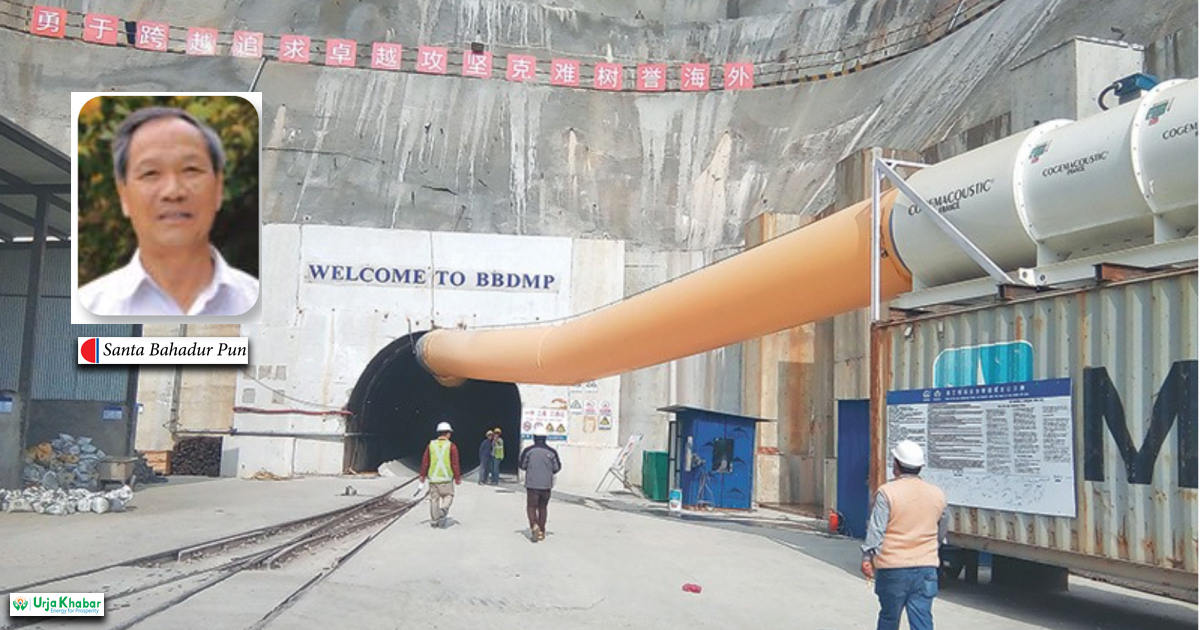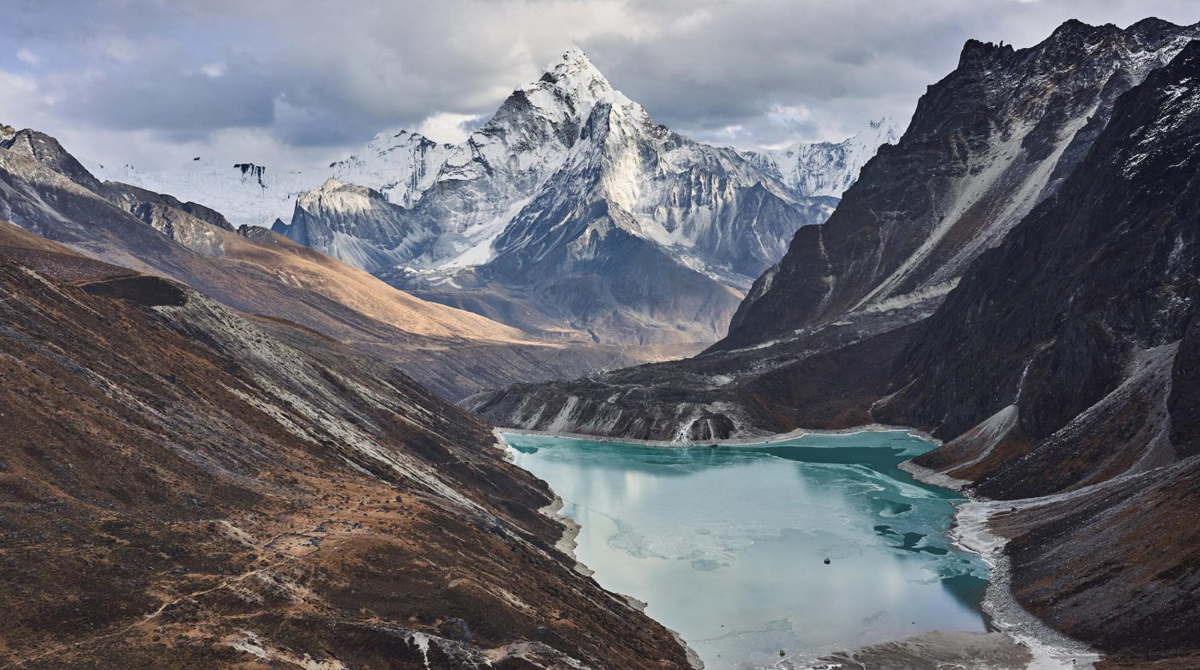Energy Update
Is coal, simply a barrier to 100 percent renewable energy in Nepal?

The phrase "100% Renewable energy is the way forward for Nepal" is commonplace today. On the one side, Nepal's import of petroleum products is contributing to a billion-rupee trade deficit, while on the other, it is compromising the country's sustainability and energy security. The Department of Customs reports that in the most recent fiscal year, Nepal imported petroleum goods worth Rs. 300.28 billion. By 2030, Nepal hopes to achieve a 90% electric vehicle sales rate in the private sector and a 60% electric vehicle sales rate for four-wheel public vehicles, as stated in the 2nd Nationally Determined Contribution (NDC), which outlines the government of Nepal's intention to reduce petroleum consumption.
Also in the cooking sector, government aims that 25% of the households in Nepal will use electric stoves as their primary mode of cooking. This objective highlights the Nepali government's concerns about switching from using petroleum to electricity since it also intends to generate 15,000 MW by 2030. Currently, a variety of parties, including governmental and non-governmental organizations, academic institutions, and the civil society, appear to be paying attention to electric vehicles and e-cooking. The cause of the energy transition is also being supported by numerous donor organizations. It seems we are on a right track, but are we? Will this be enough to achieve the 100% Renewable energy? Are we missing any links? Yes, we are.

In Nepalese society, the sole topic brought up when discussing the energy system is electricity. Energy is more than just power, despite what many of us believe. By 2022–2023, electricity will only account for 4.22 percent of Nepal's total energy consumption. Coal, one of the energy sources that contributes twice as much as electricity, tends to be ignored in every government energy policy and program. Beyond the spotlight of energy discussions and negotiations, coal has emerged as a significant energy source in the Nepalese economy. When I discovered that nearly 10% of Nepal's total energy usage comes from coal in 2022/23, I was shocked. The same coal consumption used to be 1.94% of Nepal’s total energy consumption in 2009/10.
Source: Ministry of Energy, Water Resources and Irrigation

The examination of the import data reveals that, in terms of metric tons, the import of coal increased by more than thrice between the years 2015 and 2021. In just the year 2021, Nepal imported about 20 lakh metric tons of industrial coal. In terms of the 14 billion dollars in annual imports to Nepal, coal will make up around 2% of that total in 2021.
Source: TEPC (accessed on August,2023)
The growth of the energy intensive industries can be held responsible for this import, as coal is the major source of energy in Nepalese industries. It was a great shock to learn that coal accounts for over 48% of the industrial sector's total energy consumption, or almost half of the total energy needed. Electricity only accounts 8.8% which is expected to increase over the years.
Source: WECS,2021
Given that our neighbors rely on coal to the tune of far over 70%, many will claim that 10% of energy coming from coal is an excellent indicator. But the issue with the coal is not only of the environmental emission, the issue is with the energy security. Nepal’s coal need is fulfilled by the import of coal from mainly Australia, South Africa and India. Any disruption in the supply chain will force many of our industries to shut down hampering the economy of our country. One the industry which requires a significant amount of coal is cement industry. The study done by Ministry of Industries, commerce and supplies in 2019 suggests that in cement industries, the daily coal demand in 35000 tons per day but only 20% of the total demand is supplied into the country due to transport issues. The import data also demonstrates that the cost of coal has gone up over time. Even if coal is available in a variety of grades, which truly demonstrate its calorific content, taking an average price reveal that in 2021, coal costed Rs. 15.6 per kg, compared to Rs. 13 in 2015. You might be wondering why we still import coal if there are problems with it and it is pricey. Let’s talk about the coal in terms of cement and steel industries.
Coal is not only a source of energy in such industries, it’s a source of carbon as well or it can be simply called as a raw material. As per the world coal organization, 200 kg of coal is required to manufacture a ton of cement which means 20% of coal is required per ton of cement production. Similar is situation in steel industry, coal is a reducing agent and it’s essential. As Nepal is thriving towards the economic prosperity, the requirement for infrastructure development is anticipated to increase demand for construction materials, with steel and cement taking the top spots. Nepal has done something unprecedented in the cement sector, moving from importing nearly 50% of its cement from India in 2015 to exporting it in 2023. The growth of the cement businesses is also supported by the country's abundance of the raw material, limestone. We can predict growth in coal consumption by looking at the anticipated growth in the steel and cement industries. If everything continues as it has, the coal contribution, which is currently 10%, might increase to 20% in 2030 in terms of total energy consumption in Nepal. Then what can be done? Can we completely replace the coal?
Based on the today’s technology, coal seems to be completely irreplaceable. The development of the hydrogen technology is anticipated to replace to coal from many industrial processes but that technology is still 20 years away. Reduction in the coal consumption can be better solution for that. According to a 2019 study by the Ministry of Industry, commerce, and Supplies, thermal energy consumption in the cement industry in Nepal is 150% higher than the global average. So, the improvement in the energy efficiency of the cement and other intensive industries can reduce the industrial coal demand. Every industry must be regulated for their energy usage; therefore, an energy intensity baseline is necessary. Beyond energy efficiency, determining the firewood's commercial feasibility in a sustainable way can help cut down on coal consumption.
If Nepal is committed to meeting its goal of net zero emissions by 2045, coal use also needs to be addressed with a strategy. More investigation and study are needed.
Subedi currently working as a research assistant at centre for Energy Studies, Institute of Engineering, Tribhuwan University
Conversation
- Info. Dept. Reg. No. : 254/073/74
- Telephone : +977-1-5321303
- Email : [email protected]














